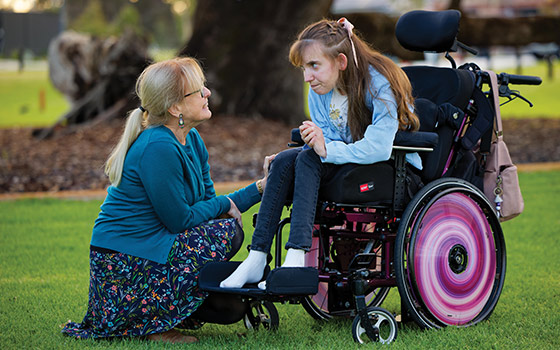Search
Research
Prenatal maternal stress associated with ADHD and autistic traits in early childhoodResearch suggests that offspring of mothers who experience high levels of stress during pregnancy are more likely to have problems in neurobehavioral...
Research
Maternal life events during pregnancy and offspring language ability in middle childhoodThere is accumulating evidence for a link between maternal stress during pregnancy and later behavioural and emotional problems in children.
Research
Cell phone use by adolescents with Asperger SyndromeWhile young people have generally been at the forefront of the adoption and use of new communications technologies, little is known of uses by exceptional youth
Research
The broader language phenotype of Autism: A comparison with Specific Language ImpairmentSome individuals with autism spectrum disorders (ASD) experience linguistic difficulties similar to those found in individuals with specific language...

The Quality of Life Inventory - Disability



Guide our sibling research!
We want to hear from siblings living outside of Australian cities!

